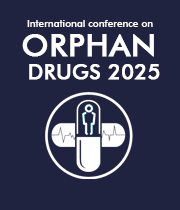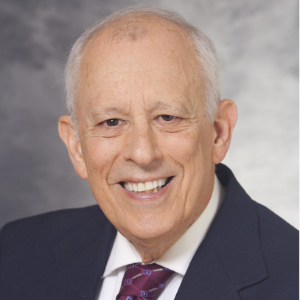Title : Gene and stem cell therapy for glaucoma
Abstract:
Glaucoma is a degenerative optic neuropathy that is the leading cause of preventable blindness worldwide. Roughly 3% of the adult human population has or will have glaucoma, and the prevalence increases with age. All races, both genders, and all 6 inhabitable continents comprise the current 80 million sufferers, many of whom do not know that they have it. Predictions are that by 2040 more than 110 million people will have glaucoma. Intraocular pressure (IOP) is a major and treatable risk factor, and reducing IOP is the only therapeutic.
We hypothesize that in live non-human primates (NHPs), administration of viral vector-transgene constructs incorporating the C3 or caldesmon transgene directly into Schlemm’s canal will decrease conventional aqueous humor outflow resistance in the conventional aqueous humor outflow and thereby reduce intraocular pressure. This may constitute potential human therapeutics for open-angle glaucoma (the most common cause of irreversible vision loss and blindness worldwide), and also provide the basis for a platform to deliver genes that would increase outflow resistance to create a live NHP molecular glaucoma model.
In human eyes there is an age-dependent loss of trabecular meshwork (TM) cells. Glaucomatous human eyes start out with fewer TM cells and have the same age-dependent loss as normal eyes. Presumably, they reach a critical margin and the conventional outflow pathway resistance increases, increasing IOP which in turn damages the optic nerve. In anterior segment eye organ culture, the TM can be ‘wiped clean’ of cells with saponin, increasing outflow resistance. Injecting human TM cells into the anterior chamber restores normal function and IOP. Injecting iPSC grown up in normal media has no effect, but injecting iPSC grown in TM cell media restores normal function. HUVEC and fibroblasts have no effect.
Gene and stem-cell therapy have great potential as glaucoma therapeutics, removing the unreliable patient from the drug delivery system that now involves the patient self-administering therapeutic eye drops.
Audience Take Away Notes:
- The audience will be able to learn the future of glaucoma therapy
- Can explain future therapeutic delivery & targets
- Other faculty could use to expand their research or teaching
- This provide a practical solution to a problem that could simplify or make a designer’s job more efficient
- It improves the accuracy of a design, or provide new information to assist in a design problem
- Eliminate the patient from the therapeutic delivery system


